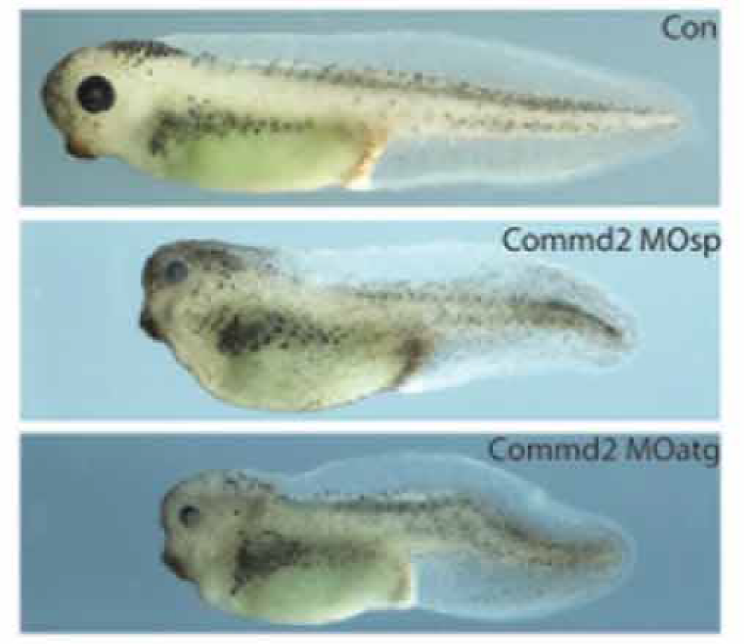Researchers Map A Protein ‘Tree Of Life’ For Species Across The Animal Kingdom
We're not so different after all


Protein Homology Graph
Proteins are a vast network of worker bees in our body, all carrying out different functions, from facilitating muscle movement to initiating thought. Roughly 20,000 unique proteins are synthesized by our genes, and work together in combination to execute complex processes–a system that has mostly stumped scientists since the mid 20th century.
In a recent study published in Nature, researchers have shed some light on these protein interactions by mapping more than one million highly-predictable protein interactions across nine species, based on 13,386 matches within protein complexes. Translated from lab-speak, the group found certain proteins that worked together in species like frogs, mice, yeast, and sea urchins, and discovered equivalents that worked together in the same fashion in humans. The team says that this mapping triples the current knowledge about protein interactions.
Medical researchers can now use this map to translate findings from animal research with better accuracy. It’s also a foundation to further understand how genes have been passed down from simple to more complex organisms though evolution.
“We’re really getting at the assembly diagram of how the proteins come together, and to carry out their proper biological roles,” says Edward Marcotte, the lead researcher from UT Austin. “And this map that we’re getting helps us decode those relationships.”
As you might remember from biology class, different proteins carry out different tasks: Hemoglobin transports oxygen through your blood, pepsin in your stomach helps break down the food you eat, and actin helps you, well, act, by controlling muscle movement. They’re built by genes, strips of DNA with instructions on how to construct necessary biological components. Last year, two groups of researchers mapped the human proteome, the complete list of proteins in the body. Akhilesh Pandey, who runs the Pandey Lab at John Hopkins University, says that one of the greatest problems in biology is that we don’t understand how these proteins interact.
“By connecting [proteins] to protein complexes, whose functions we do understand, we get closer to fitting each protein in the context of the big jigsaw puzzle of all the connections in the cells,” Pandey wrote to Popular Science in an email.
Knowing these protein equivalents also allows us to compare and test medical hypotheses across species, opening doors to faster and more effective medical research. Mathias Uhlen, who led one of two teams to originally map the proteome, says that even in modern medicine our knowledge of protein interactions is limited.
“Today in the pharmaceutical drug industry, all the pills and treatments are targeting 620 proteins in the human body,” Uhlen says. “By knowing from the interactions of the protein complexes in the body, and in animal models, it is more or less the fundament that all medical development has to be based on. It’s very important for all future developments.”
One finding from the study detailed the “Commander” complex, a series of twelve proteins working together that is seen in humans, frogs, flies, and sea urchin. In humans, a protein within this complex is associated with the deformation of the eyes, skull, and brain. When identified and disrupted in tadpoles, researchers found that same deformation of the eyes, skull, and brain during embryonic development.

The study’s experiments relied on taking stem cell samples from each species and analyzing them using mass spectrometry–a tool that uses mass and charge to help identify the specific chemicals in a biological sample. Marcotte describes the technique as smashing the protein complexes and then examining the parts. Through this, the scientists observed which proteins worked together in complexes, and compared their structures across species. This is all possible because of recent advances in the field of mass spectrometry, which have made the process more precise and much faster, especially when working with large amounts of data, says Marcotte.
Uhlen compares the work done in his lab and this research by Marcotte’s group at UT Austin and the Donnelly Centre in the University of Toronto, to the push to map the human genome at the turn of the millennium. And much like the work continued on the genome, Marcotte says that the next step is to dig deeper, and further map interactions within the cells. Their data is also available on the internet, where you can dive as deep into macromolecular metazoan complexes as your heart desires.